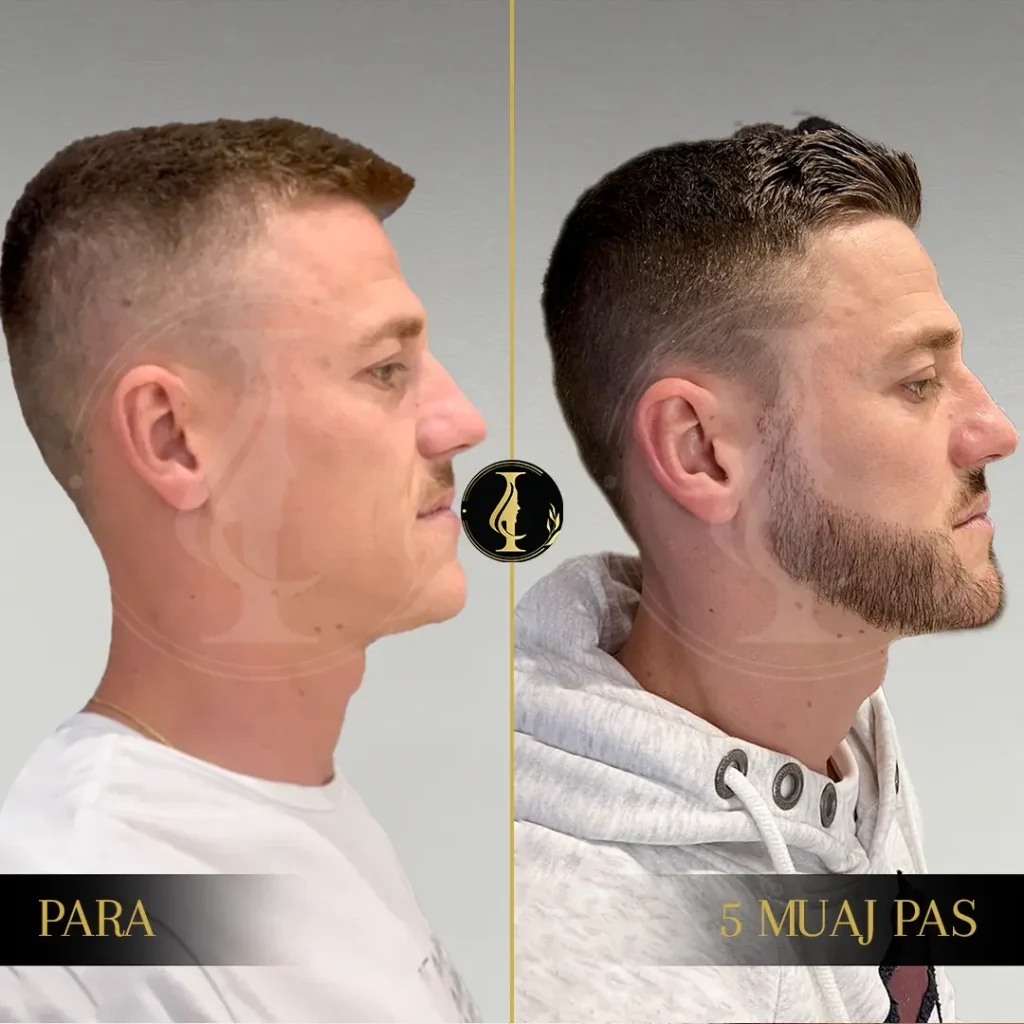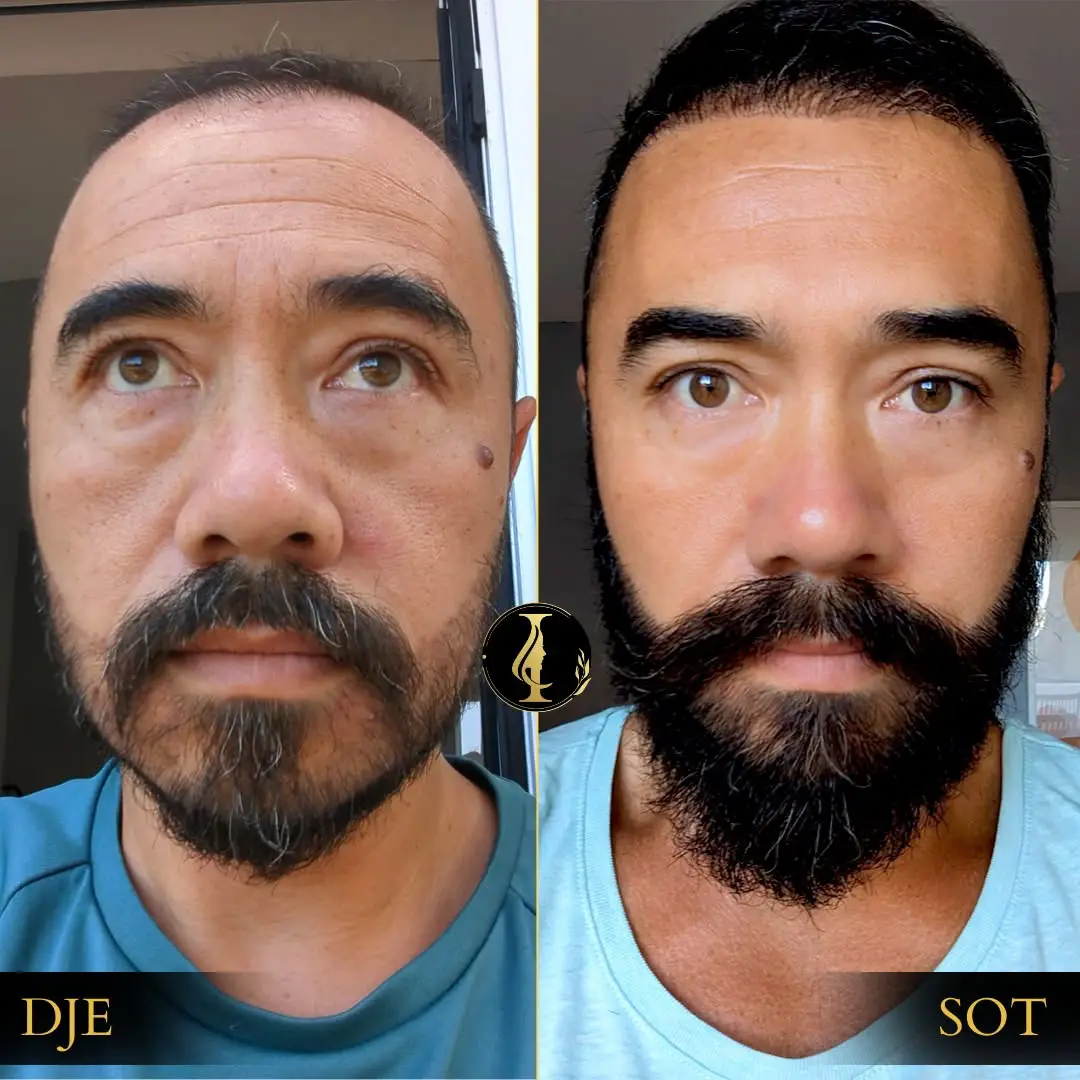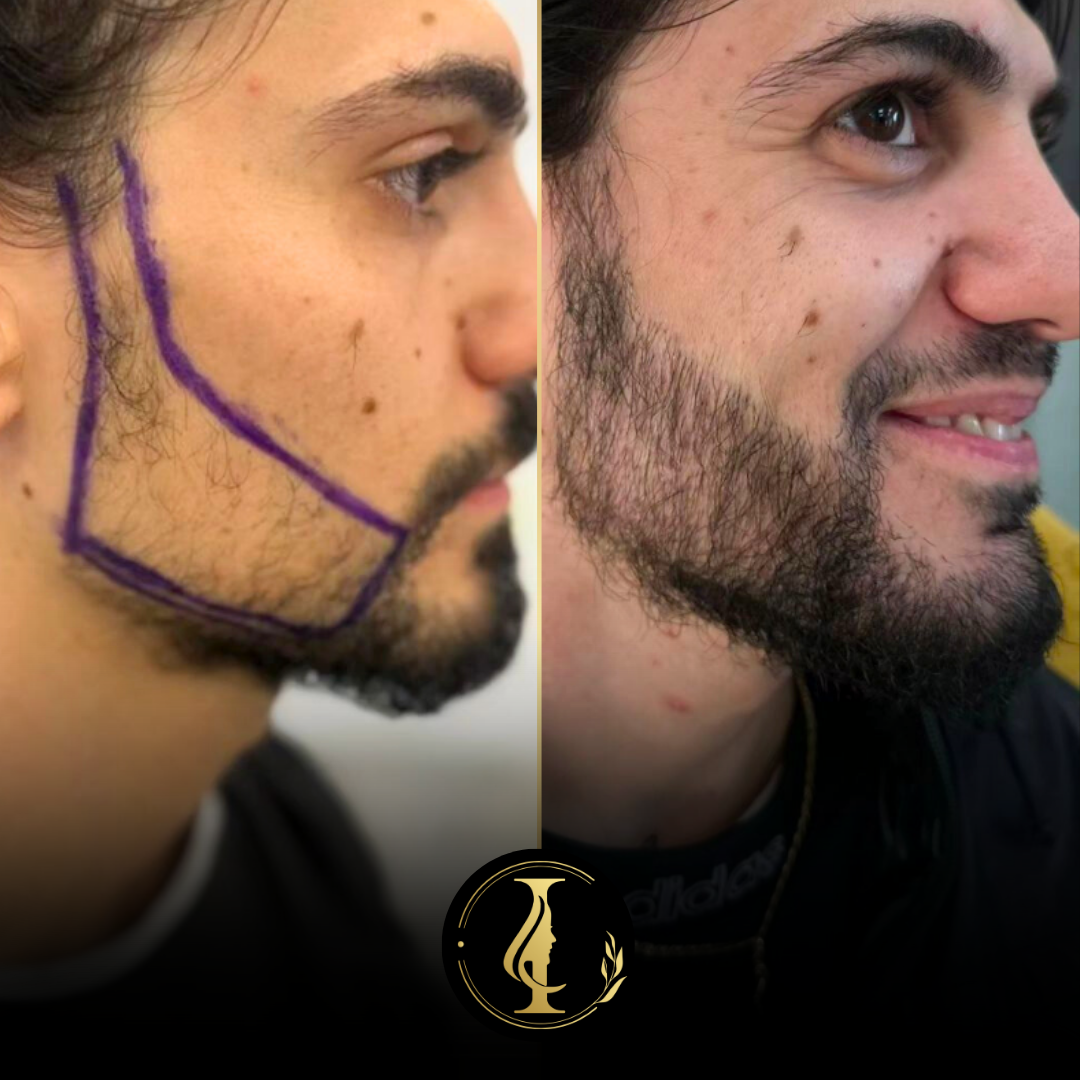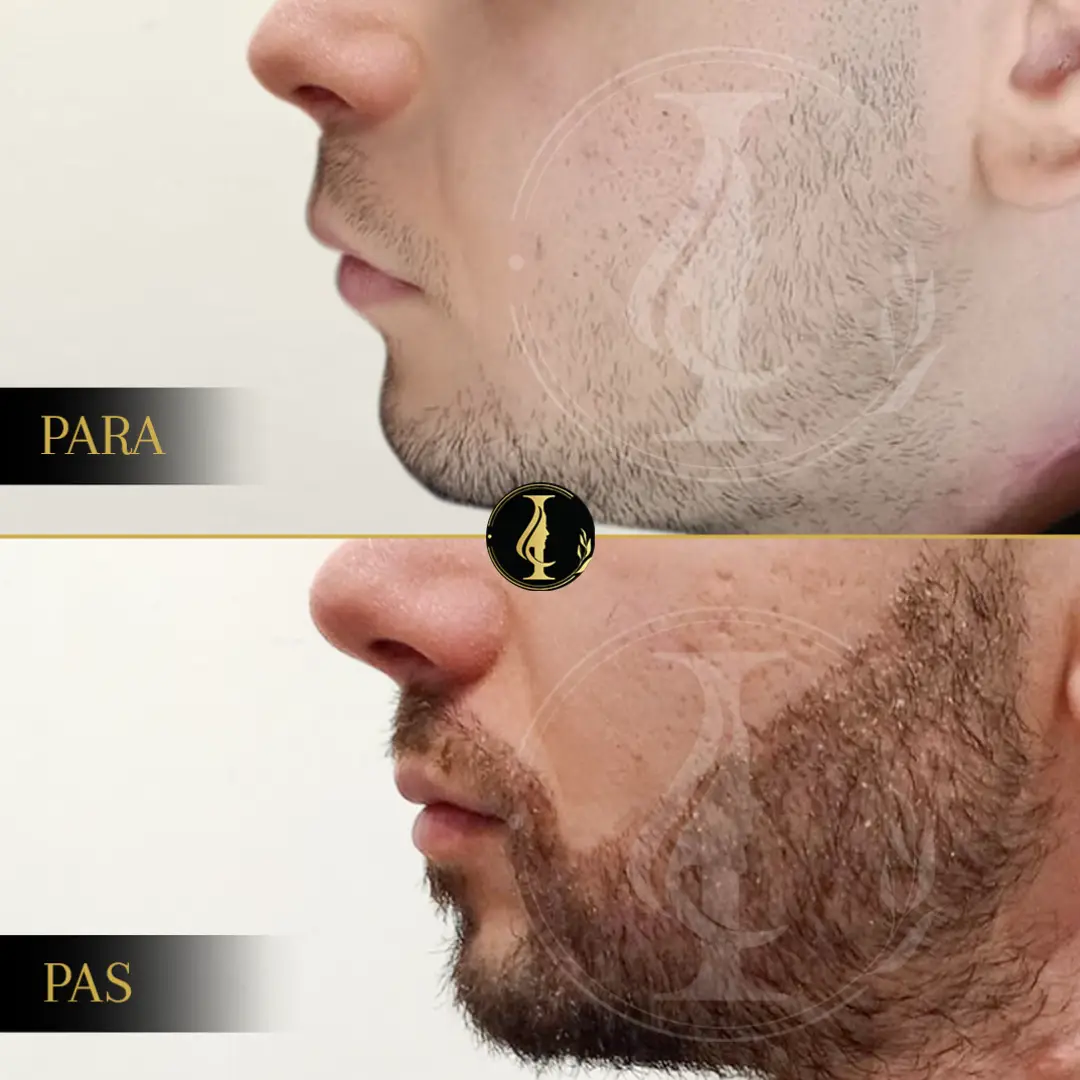Beard transplant
- /
- Beard transplant
What is a beard transplant?
Beard transplant surgery is the transplantation of grafts taken from the donor area to the back of the head or the lower part of the chin where the beard is dense, to areas where beard loss is observed due to trauma, amputation or so on through the micro FUE method. The operation performed with local anesthesia lasts about 8 hours and is painless after local anesthesia.
With a single application, the rate of successful results is high. Some people may need a second operation. The beard, an important criterion of the appearance of men in today’s world, is corrected by giving different patterns from barbers, but the treatment prescribed for the released beard is the beard transplant. One of the advantages of beard transplant is that beard formation will be done in the beard transplant planning stage. The beard shape suitable for the person’s face is chosen together, the beard is transplanted to the person within this plan and used throughout life.

Who is eligible for the beard transplant operation?
Which method is used in beard transplantation?
Process and healing after beard transplantation
Post-operative pain is not a common condition in patients who are followed up. Sleeping position is one of the most critical situations. As the face is treated in operation, the patient should lie in the appropriate position and not harm the transplanted grafts.
Before / After






